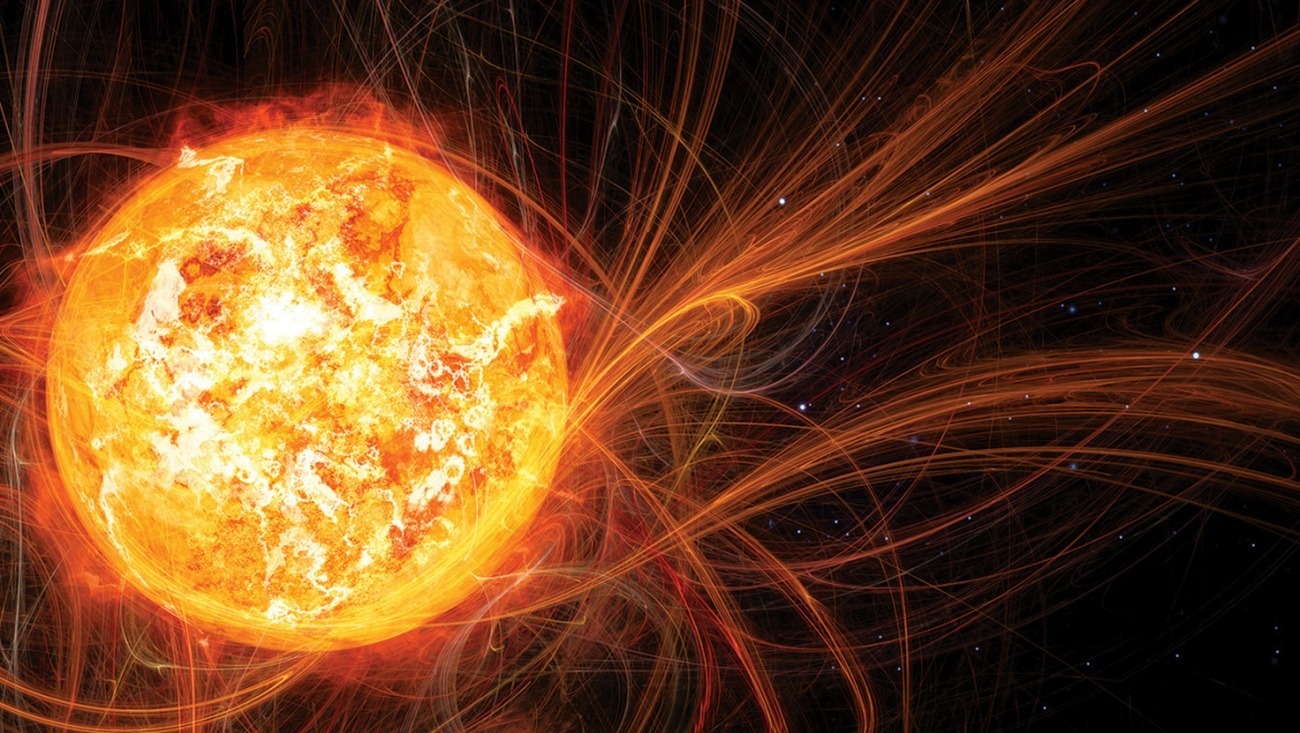The night of May 10th and 11th was marked by a significant event for our planet - a magnetic storm of the highest G5 class. An exceptionally strong flare was recorded on the sun.
Based on the data collected by the Laboratory of X-ray astronomy of the Sun, Russia, at the time of maximum radiation, the solar flare was classified as an X5.8 event.
The Earth experienced the effects of three Coronal Mass Ejections. The first event occurred on May 10th, at approximately 8:00 p.m. (UTC +3) and coincided with the beginning of a G4-class storm. Later that night, additional impacts were recorded around 01:00 a.m. and 04:30 a.m. (UTC +3), with each event corresponding to the G5 intensity level.
The flash activity index reached a value of 10.0 out of 10 in the morning of May 11th, indicating the highest possible level. The planetary Kp-index also reached its maximum level of 9 at that time.
Based on data received from the Space Weather Prediction Center (SWPC), the number of sunspots observed in 2024 was higher than both theoretical predictions and values recorded in previous years.
These events are the result of the approaching 11-year solar cycle peak. Further studies on solar and geomagnetic activity will help researchers to determine whether the peak has already been reached or if it is still ahead of us.
Based on the data collected by the Laboratory of X-ray astronomy of the Sun, Russia, at the time of maximum radiation, the solar flare was classified as an X5.8 event.
The Earth experienced the effects of three Coronal Mass Ejections. The first event occurred on May 10th, at approximately 8:00 p.m. (UTC +3) and coincided with the beginning of a G4-class storm. Later that night, additional impacts were recorded around 01:00 a.m. and 04:30 a.m. (UTC +3), with each event corresponding to the G5 intensity level.
The flash activity index reached a value of 10.0 out of 10 in the morning of May 11th, indicating the highest possible level. The planetary Kp-index also reached its maximum level of 9 at that time.
Based on data received from the Space Weather Prediction Center (SWPC), the number of sunspots observed in 2024 was higher than both theoretical predictions and values recorded in previous years.
These events are the result of the approaching 11-year solar cycle peak. Further studies on solar and geomagnetic activity will help researchers to determine whether the peak has already been reached or if it is still ahead of us.

